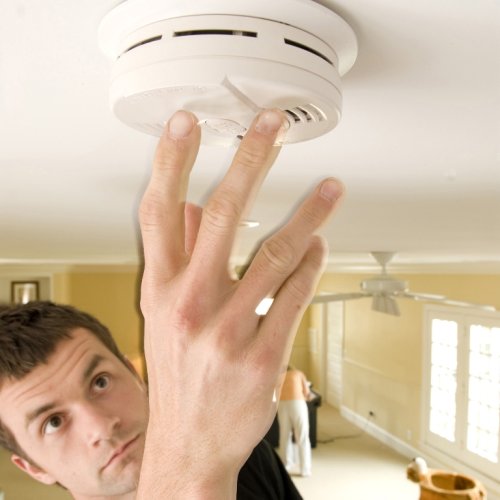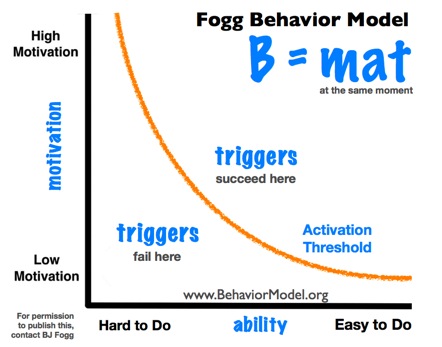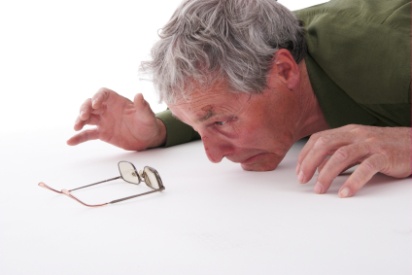 The Second Habit in Steven Covey’s book The Seven Habits of Highly Effective People is Begin With the End in Mind. I think that is a great habit to apply to workplace safety. I have attached an Annual Safety Audit to the end of this message anyone can use as a road map to an effective safety strategy. It’s been my experience that most employers want to keep their employees healthy and safe because it’s not only good business but also the right thing to do.
The Second Habit in Steven Covey’s book The Seven Habits of Highly Effective People is Begin With the End in Mind. I think that is a great habit to apply to workplace safety. I have attached an Annual Safety Audit to the end of this message anyone can use as a road map to an effective safety strategy. It’s been my experience that most employers want to keep their employees healthy and safe because it’s not only good business but also the right thing to do.
Click on the link to download a copy of Annual Safety Audit:

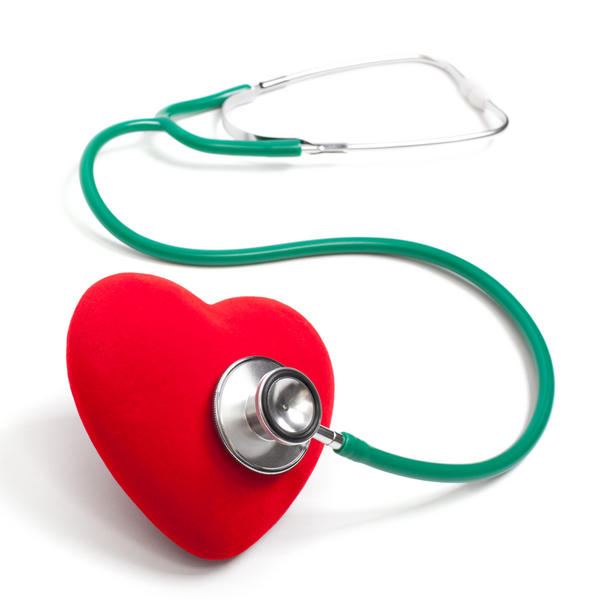
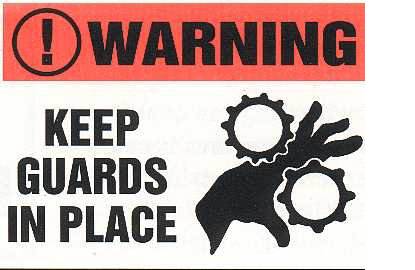
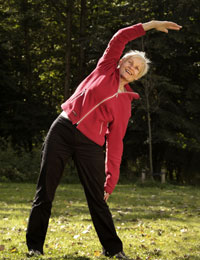
![HR Functions[4]](http://www.riskmanagement365.com/wp-content/uploads/2012/12/hr-functions4.gif?w=143)
